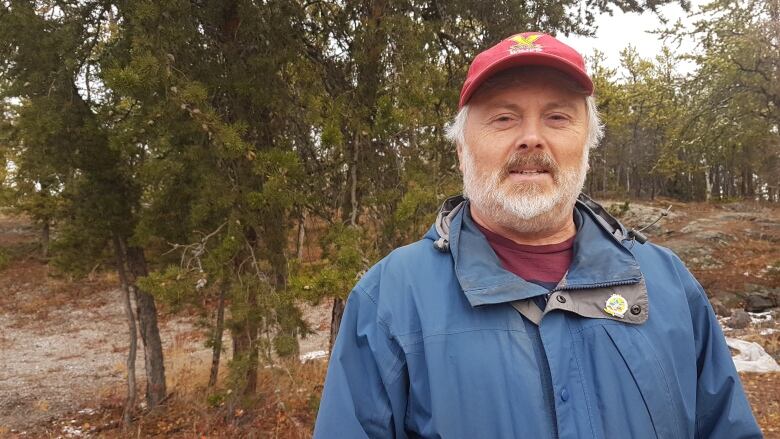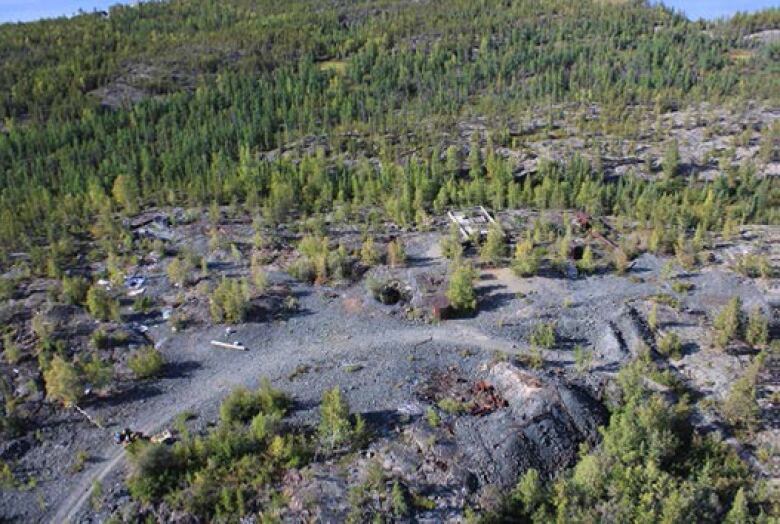5 abandoned mine sites near Yellowknife undergo environmental assessments
Two years after devolution, it's still unclear who should be paying for the cleanup

Two years after devolution, the Government of the Northwest Territories is studying five abandoned mine sites around Yellowknife, but one local MLA says action on remediation is moving too slowly.
Environmental assessments areunderway, or soon to begin, at five sites: the former Ptarmigan, Tom, Crestaurum, Tin and Burwashmines. Last month the territorial government announced that the Ptarmigan and Tom sites, in particular, would be fenced off to the public throughout September and October.
The intention of the assessments, according to the territorial government, is to figure out how much contamination there is in the soil, sediment, water and building materials of each mine site. It also wants tosee if hydrocarbons and metalsare migrating off site.
For Frame Lake MLA, Kevin O'Reilly, much of that information is already available, and he saysboth the territorial and federal governments need to be working together better to move the remediation projects forward.
"We know that contaminants are moving off the site and it's well past the time for the governmentsto take some action and do something here," says O'Reilly.

Competing jurisdictions
The pace of remediation, post-devolution, has to do with uncertainty over responsibility for the sites.
The five sites were all defined as "Excepted Waste Sites" in the devolution agreement that transferred responsibility for much of the territory's land from Ottawa to the Government of the Northwest Territories. This meant responsibility for managing and paying for remediation would be determined through subsequent negotiations.
These negotiations began in the spring of 2015 and are stillongoing, butO'Reilly says"that's not an excuse for doing nothing."
Ptarmigan'spast problems
The data already collected onseveral of the mines is significant, especially atPtarmigan.
In 1999 an inspector with Indigenous and Northern Affairs Canada discovered water from the Ptarmigan site was flowing into a nearby lake, prompting an investigation.
By 2002, the $170,000 security deposit that had been posted by mine owner Tremincohad mostly been spent on cleaning up contaminated soil at the site. Two year later, contaminated mine water was still flowing into the lake.
INAC boarded up the headframe, removed loose metal from the buildings and gated the road into the mine site. But at the time, the territorial government and Canada could not agree on who would be responsible for paying for the cleanup.
More than a decade later, the back and forth continues.
ForO'Reilly, at least, the message isclear:"All this points to is the need to take much better care of these sort of situations, mining operations and industrial operations into the future.So that we don't end up with public liabilities."












_(720p).jpg)


 OFFICIAL HD MUSIC VIDEO.jpg)
.jpg)



























































































